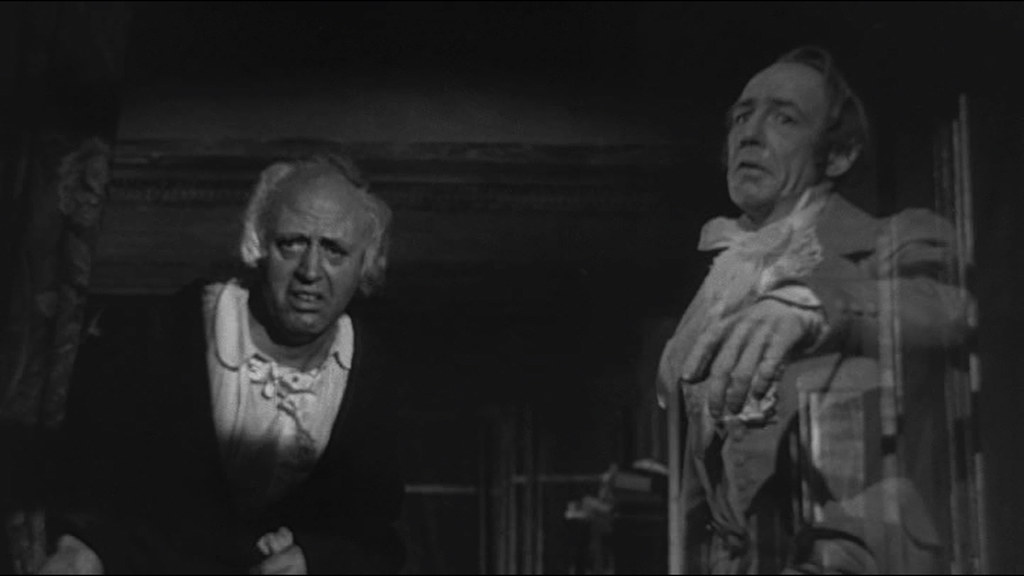“The Most Wonderful Time of the Year” is, surely, the most thrilling Christmas song.
It’s the pre-chorus – that sudden lurch into minor chords. Glorious, glitzy euphoria suddenly hangs in the balance, your stomach drops out, and wonder is split by a moment of terror.
Rhys Laverty
Rhys Laverty (BA, GDip) works part-time for The Davenant Institute, alongside studying Davenant's MLitt degree. He writes a weekly blog for Ad Fontes (https://adfontesjournal.com/pulpit-and-pew/) and co-hosts the Ad Fontes Podcast (https://podcasts.apple.com/gb/podcast/the-ad-fontes-podcast/id1557560666). He also podcasts about film and TV on For Now We See (https://podcasts.apple.com/gb/podcast/for-now-we-see/id1489048495). He lives in Chessington, UK, with his wife and two children.
